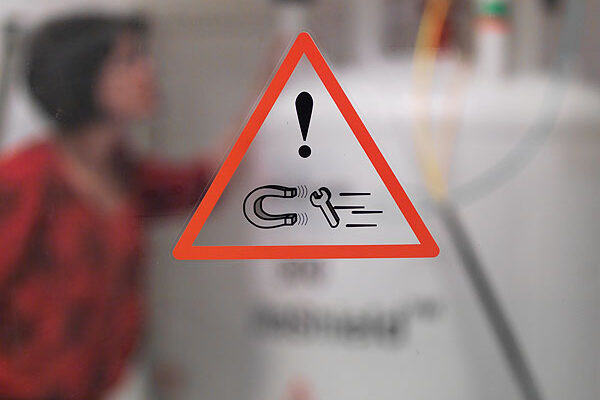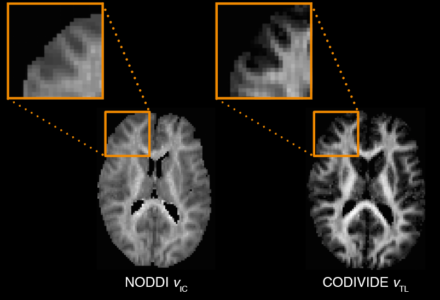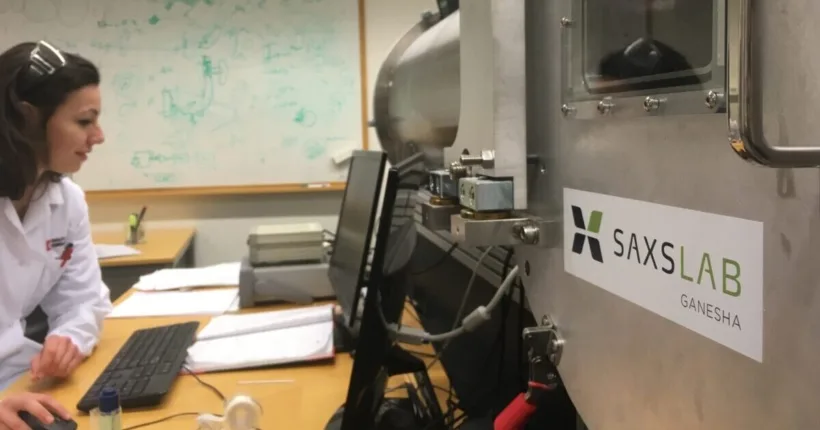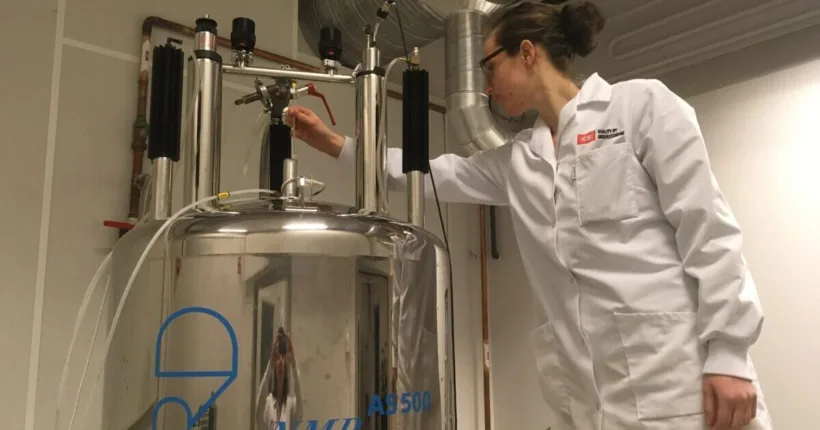NMR techniques are based on the magnetic properties of certain atomic nuclei, most commonly used is 1H, 13C and 31P. Organic chemists mostly use NMR spectroscopy (one- or two-dimensional) where the chemical shifts provide detailed information about molecular structure. We also use this to study stability of active compounds and key ingredients in various formulations.
One particularly useful NMR technique is called Quadropolar splitting, and through this it is possible to distinguish between different liquid crystalline phases and thus it is often used in combination with Small Angle X-ray Scattering, SAXS to study self-aggregating systems.
Even more useful for us are methods based on NMR diffusion which allows the measurement of the self-diffusion coefficient. The self-diffusion coefficient is related to the hydrodynamic properties of the species studied and these in turn are very useful to determine for example; aggregation states of macromolecules, peptide-protein binding, critical micelle concentrations of surfactants etc.
NMR diffusion is the basis for our patent based products developed in CR Development whereof OncoPulse® is the most known, currently implemented on MR scanners at Lund University hospital and Einstein College in NY. With OncoPulse the cellular permeability of water is analyzed and used as a contrast for imaging.
Last but not least, we use solid state NMR to follow the mobility of molecules in the more solid-like state, such as the lipids in the stratum corneum or polymer grafts bound to surfaces for modification of their characteristics.

